Valve Bags
VidePak has engineered certified valve bags for chemicals, construction, and food industries, producing over 100 millions annually under ISO 9001 standards.
Valve bags, one of the most popular packaging solutions for powdered products such as flour, activated carbon, plastic granules, and cement. Their defining feature is a small opening or “valve” located at the corner of the bag, which facilitates efficient material filling. Internally, the valve incorporates a self-closing flap that acts as a check valve after filling, ensuring automatic sealing under the pressure of the bagged contents. This innovative design eliminates the need for manual closure, enhancing operational efficiency and minimizing product leakage.
According to material, we offers:
- Multiwall Kraft Paper Valve Bags: durable and eco-friendly, ideal for heavy-duty applications.
- PP (Polypropylene) Valve Bags: lightweight and tear-resistant.
- Paper-Laminated PP Valve Bags: combines strength of paper with the barrier properties of PP.
- Coextruded Polyethylene Valve Bags: provides superior seal integrity and flexibility.
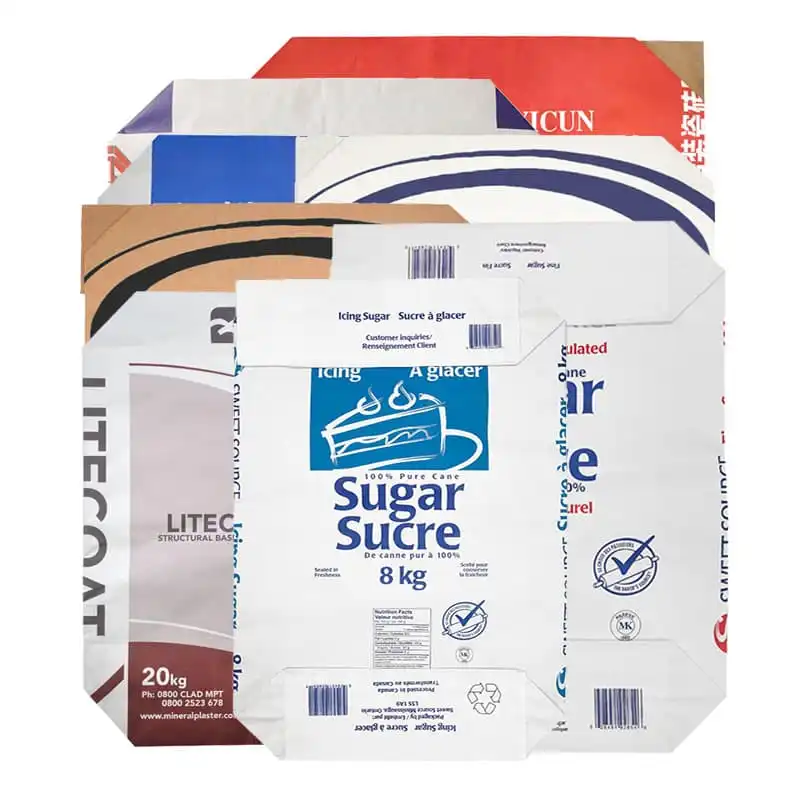
Multiple Custom Options
VidePak offers multiple options to accommodate unique needs, including Carry Hands, Easy opening tape, Paper Insert, Poly Lock, Sonic Seal, Tuck In and Block Bottom.
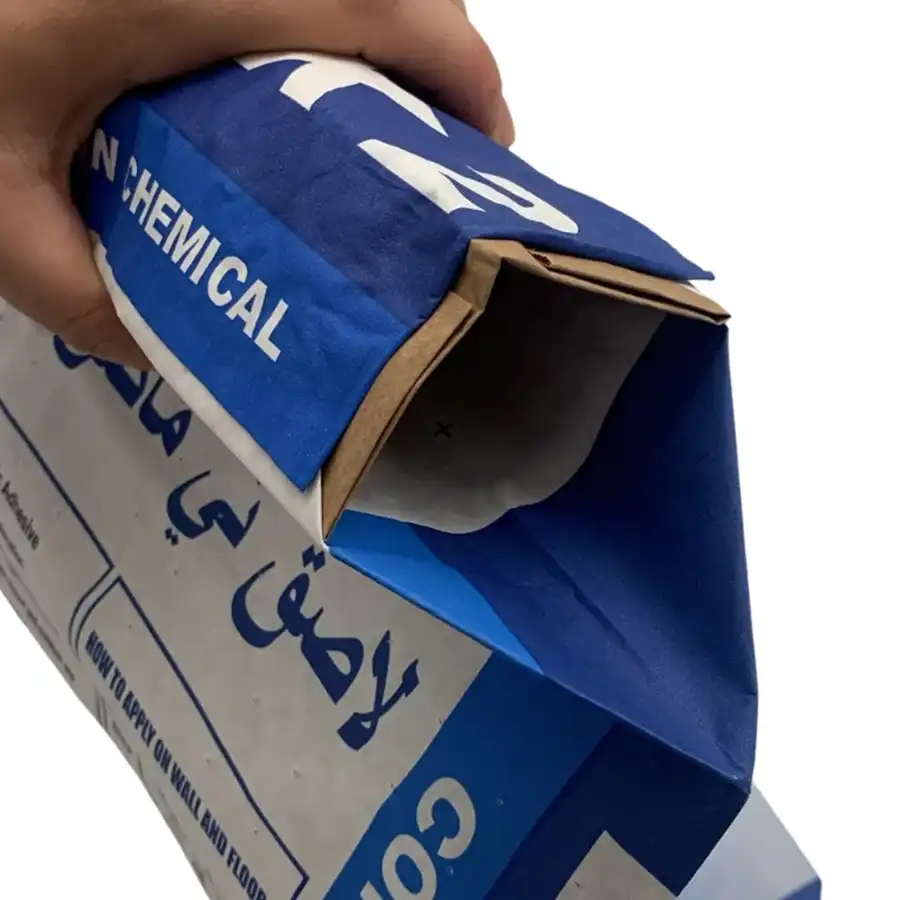
Paper Insert
Insert the paper tube into the valve opening.
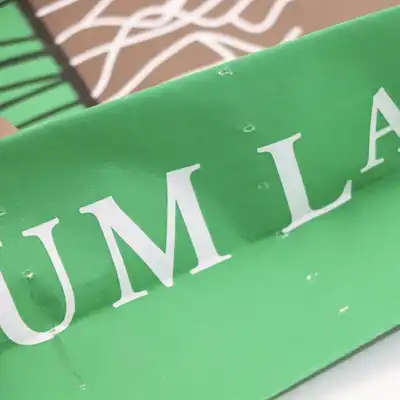
Micro-Perforation
Micro-perforated surface for airflow release and ventilation.
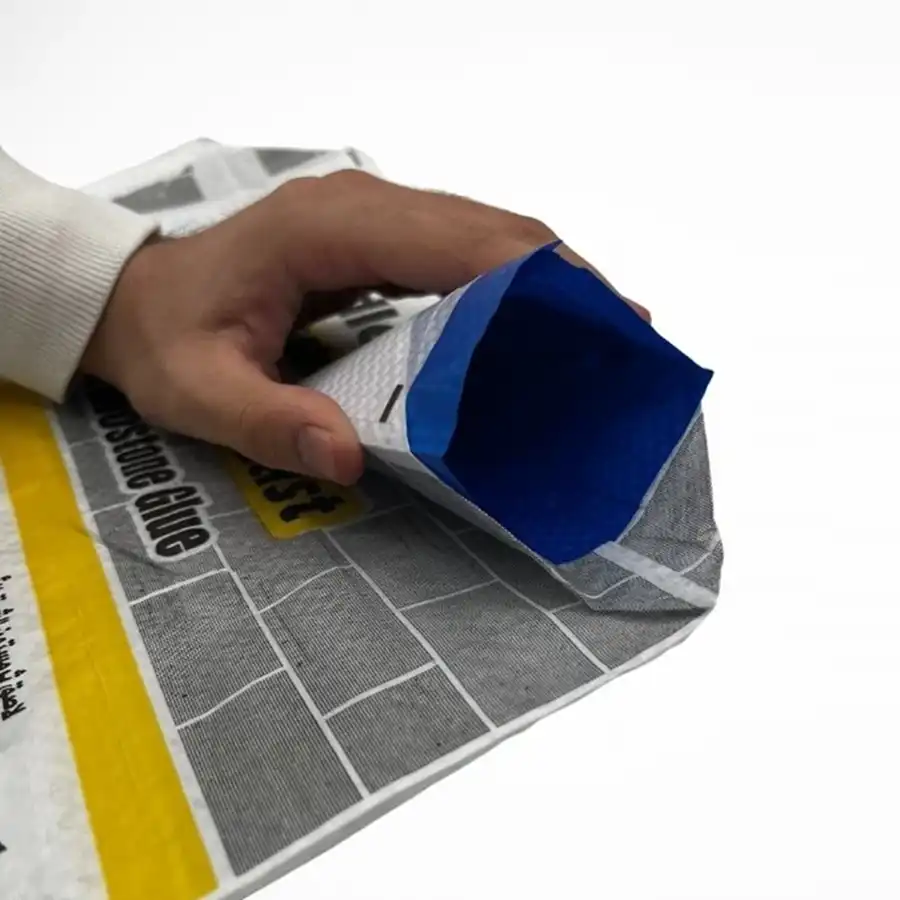
Sonic Sealing
After filling, it is closed by heat sealing or sonic sealing.

Block Bottom
Block bottom design for upright stability and space efficiency.
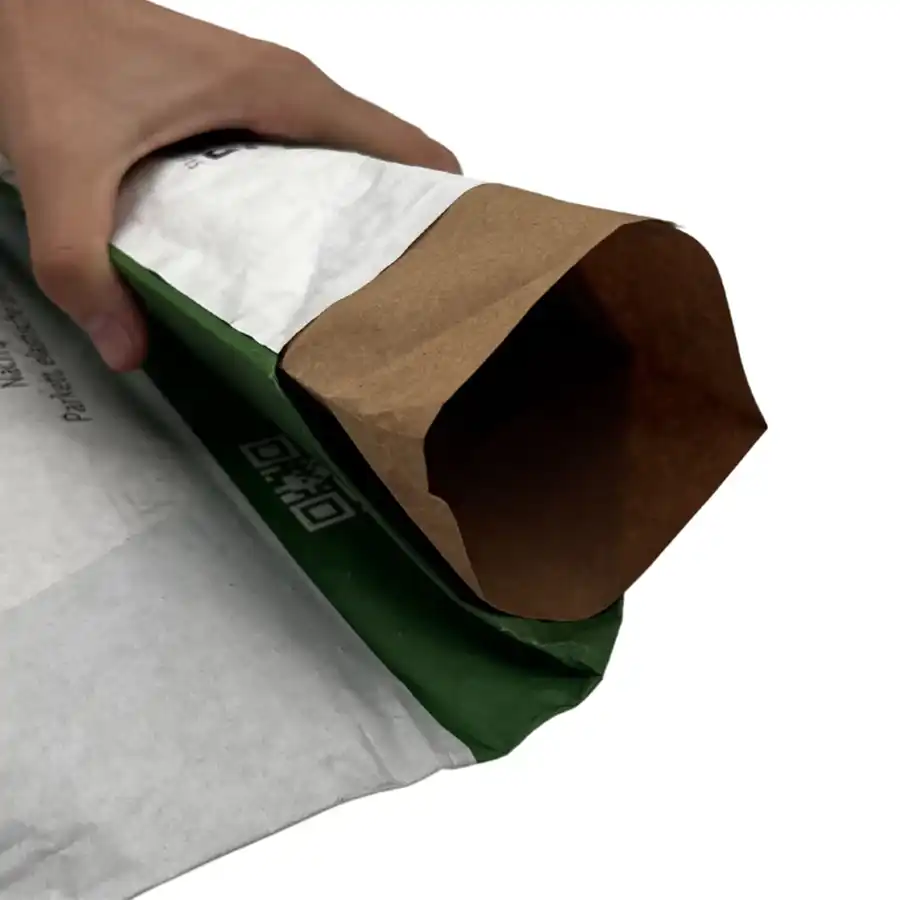
Tuck-In
Manually insert the flap into the opening after filling.
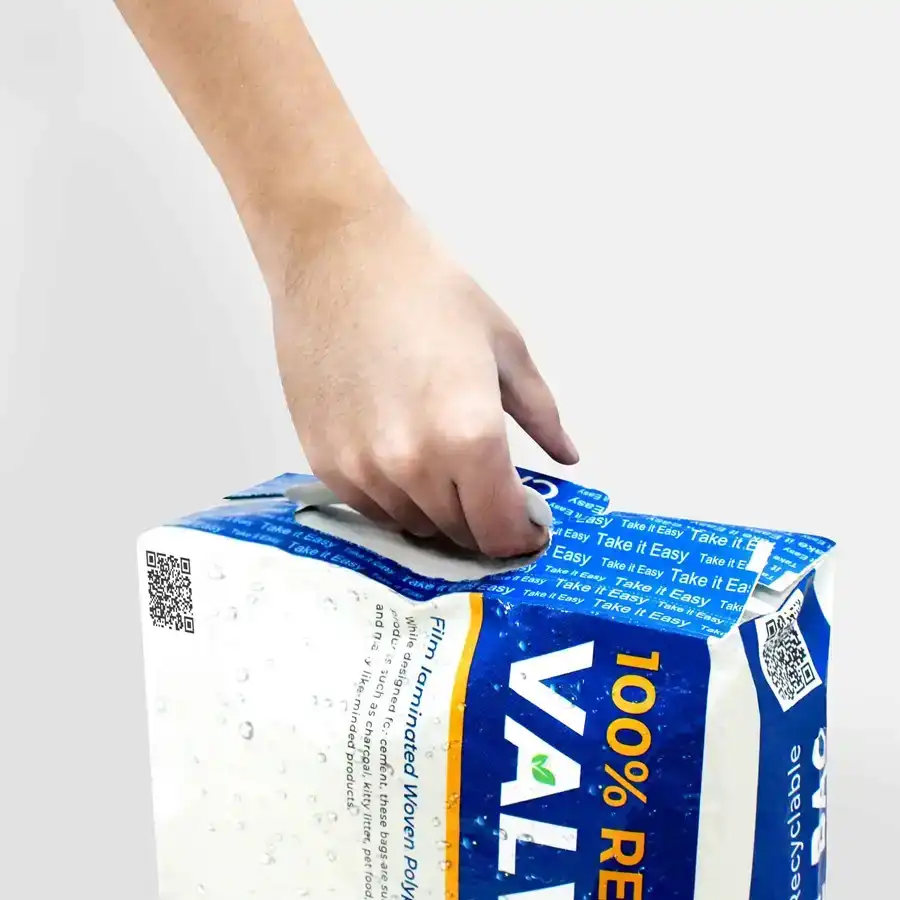
Easy Carry handle
This design allows the workers to easily carrg the bags.

Poly-Lock
It consists of a polyethylene flap that fits into opening.
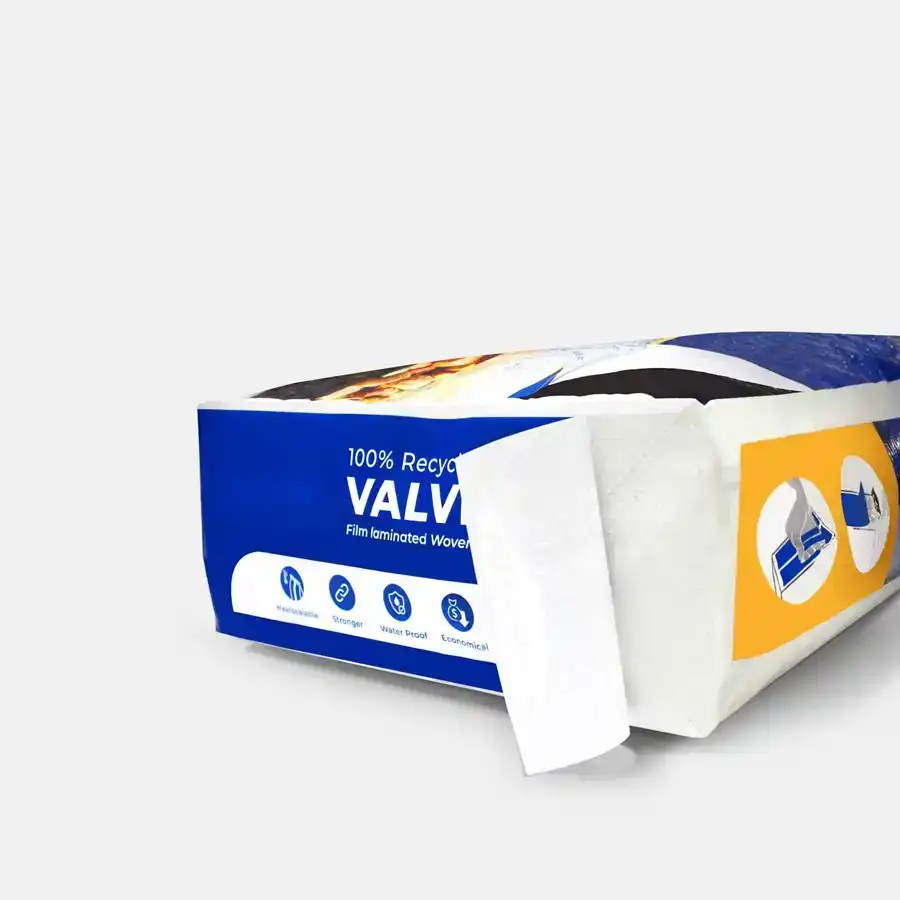
Easy Opening Tape
This design allows user to open the bags easily.
Different Valve Bags in Material
Mainly produce by Kraft Paper, Poly Weaving, PE Material
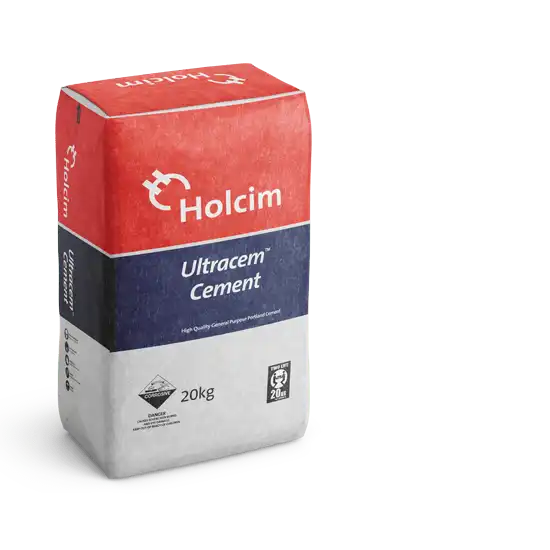
Kraft Paper Pasted Valve Bags
Durable, eco-friendly packaging for secure storage and transport. Leak-proof, easy to fill, and cost-effective.
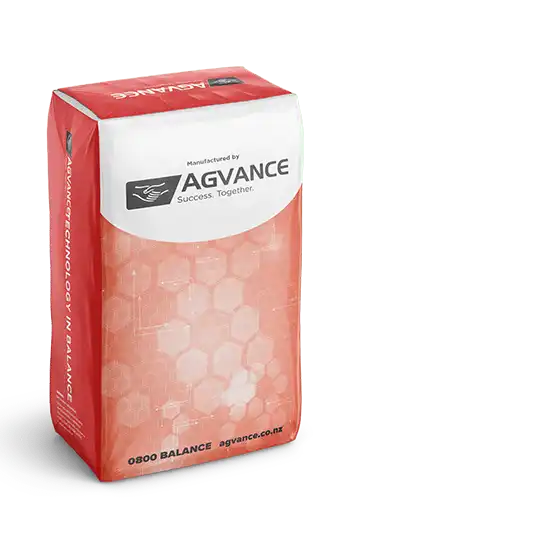
BOPP Valve Bags
Durable BOPP valve bags with easy-fill design, moisture-resistant, ideal for industrial food packaging.
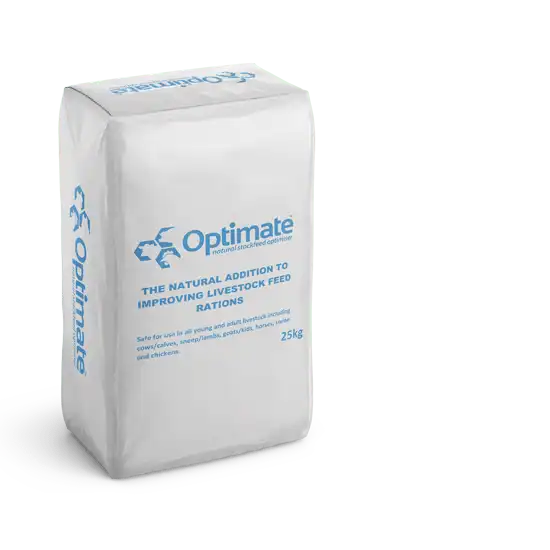
PP Woven Valve Bags
Durable, moisture-resistant polypropylene woven valve bags for secure, efficient industrial bulk packaging.
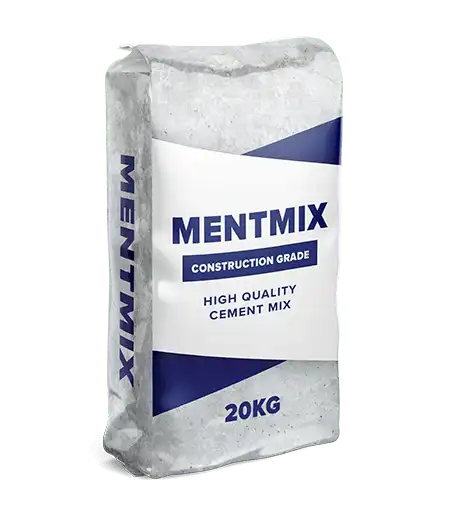
Polyethylene Valve Bags
Offering multi-layer co-extrusion for durability, air-regulating valve, micro-perforations for breathability, and anti-slip strips for secure handling.
Why Choose Us
17 Years
Production Experience in Valve Bags
W&H
Best Equipments from German W&H.
100 Million pcs
Massive Production Capacity.
Customization
Printing, Size, Thickenss, Bottom Pattern etc.